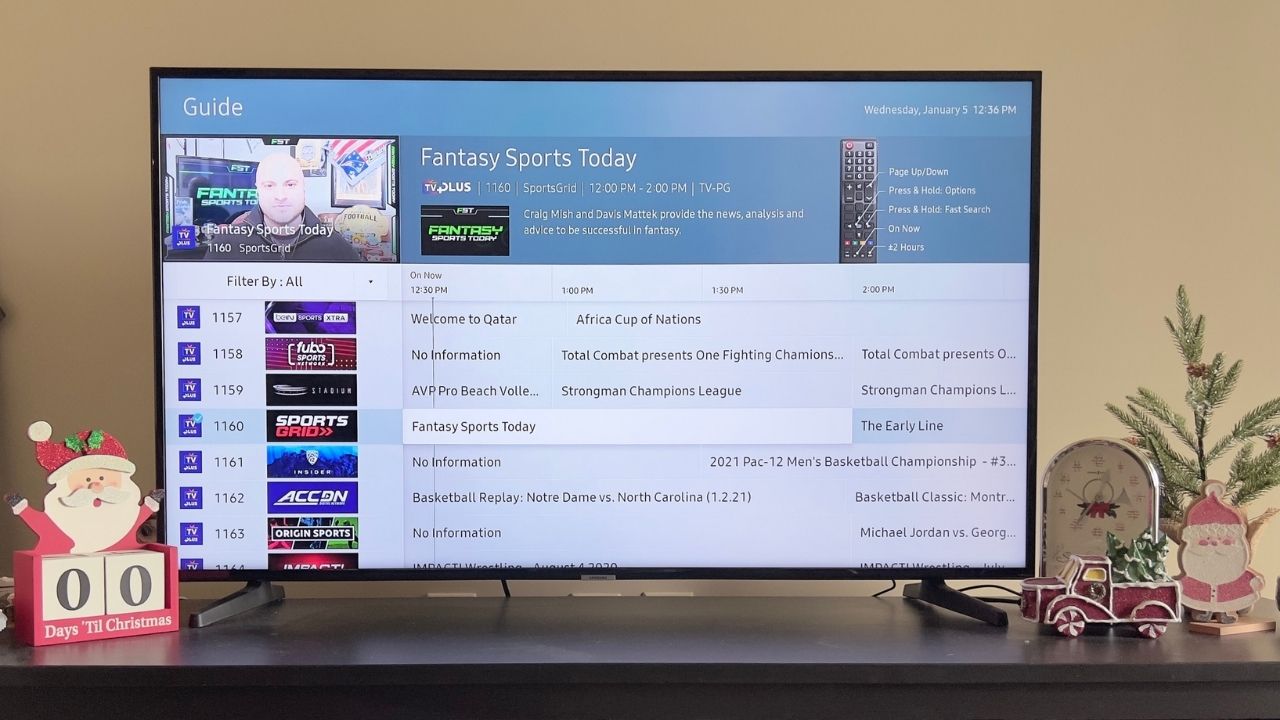USB-C is changing the world for the better, but it's still not safe enough
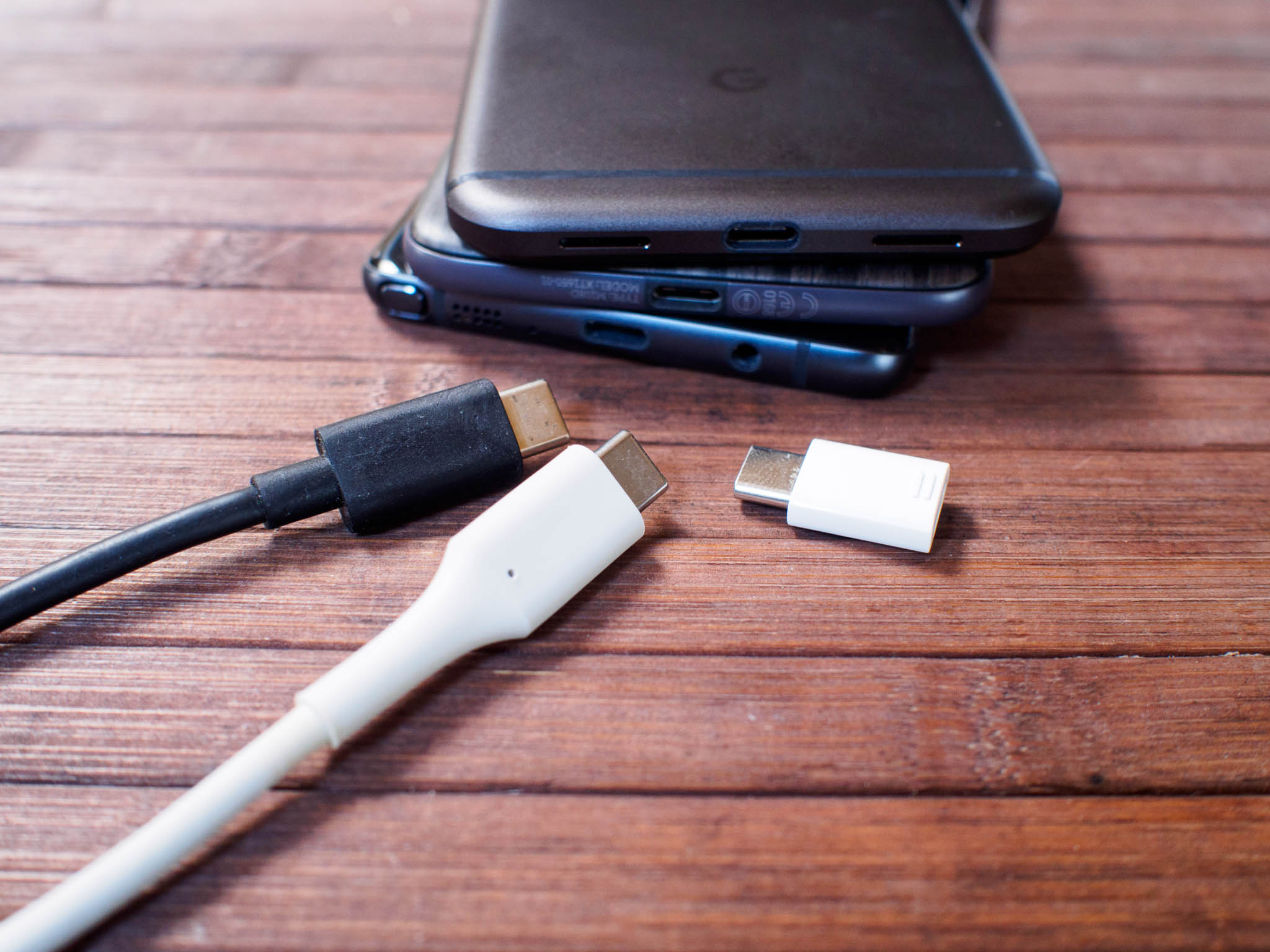
For the most part, techy folks seem to have figured out USB-C. They mostly know you can't just order the cheapest thing on sale at Amazon, are reasonably aware of the dangers associated with using bad cables, and there are consumer advocates out there pushing every day for better cables and more awareness. The beginnings of a safe ecosystem of cables is something that could potentially happen with this level of awareness, and that's great. It sucks that we have collectively suffered through over a year of accidentally damaged hardware through potentially life-threatening cables — even one made by Apple — to get there, but forward momentum is always a good thing.
So what happens next? With Lenovo's Moto Z, Google's Pixel, and Apple's MacBooks being scooped up all around the world right now there are orders of magnitude more people using USB-C cables every week. That means people who aren't the knowledgeable techy few are browsing Amazon for spare or replacement cables, which requires some real solutions very soon.
The road so far
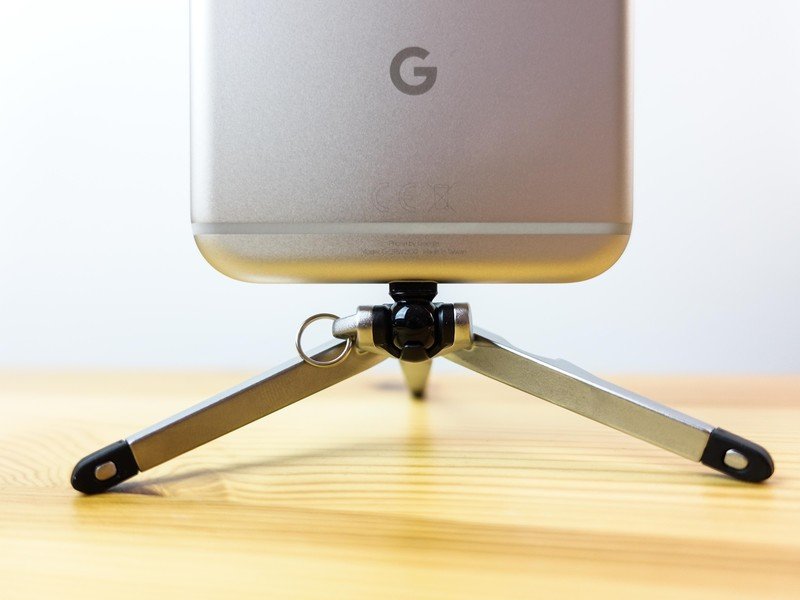
Most people don't fully understand why USB-C is so dangerous compared to the previous iterations of phone and tablet charging cables, and it's not hard to guess why. Micro-USB cables can be purchased in bulk for basically nothing, and users are conditioned to "just throw it out and grab a new one" when a cable doesn't behave. Take a look at any technical support guide for connecting something to your PC via USB and close to the top of every troubleshooting list is something about trying another cable. We've been conditioned to accept that sometimes bad cables happen in a batch, so you just grab another one.
It's not just bad cables, some of the companies making our phones aren't playing by the rules either.
USB-C is capable of transmitting significantly more data and several times more power than your average Micro-USB or Lightning cable, and that's where we run into problems. A shoddy USB-C cable can destroy equipment in an instant, because they're designed to be a lot more complicated. These are supposed to be cables with tiny computers inside to help regulate things like power and data transfer, but in the early days several manufacturers were caught taking their regular Micro-USB cable design and just swapping the tip out for that new oval port design. With nothing to tell the brick plugged in to your wall how much power to send, everything can go wrong.
It's not just bad cables; some of the companies making our phones aren't playing by the rules, either. USB-C has its own form of rapid charging capabilities, which makes it possible to boost laptops and phones quickly. Proprietary charging methods, like Qualcomm's Quick Charge system, aren't compatible with the USB-C spec that exists right now. That hasn't stopped Qualcomm or their phone making partners from doing their own thing in order to make USB-C and Quick Charge both happen on the same phone, which has the potential to cause very serious problems for users buying those bargain cables online. Instead of following the guidelines for USB-C, these third parties would rather boast a feature that isn't actually better than what you already get with USB-C rapid charging. This should change with the next version of the spec, but many people will be left in the lurch.
We have several manufacturers now who have either developed a reputation for quality cables or corrected their cables after being called out for not meeting spec, and that's great. Unfortunately, virtually none of these companies are testing every cable they manufacture, so the potential for a flawed product to reach a user is higher than it should be. In most of these cases, the worst that could happen is that the phone doesn't charge or send data as quickly as it could. In more extreme cases, phones and laptops could be in very real danger of permanent damage.
What should happen next?
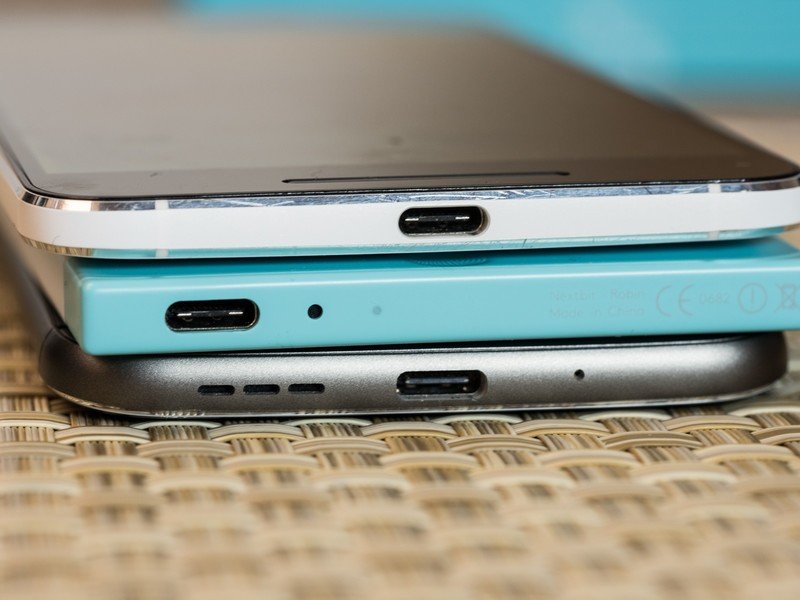
There are several ways USB-C could move forward to become something safe for everyone to use, but it's going to require some changes on behalf of cable manufacturers and users alike. Since asking users to consult their closest electrical engineer to ensure a cable they found in the clearance bin at Wal-Mart isn't a viable option, most of what happens first is going to be on the cable manufacturers or the people that allow them to sell. It's not safe for manufacturers to deliver USB-C cables the same way Micro-USB cables have been sold over the last 10 years. It's important, too, for consumers to know that each cable is as capable as the last, that it can power your laptop and quickly move 4K video from your phone. These cables are doing more than any single cable like it has done before, and with that extra work comes the need for extra care in their manufacturing.
Get the latest news from Android Central, your trusted companion in the world of Android
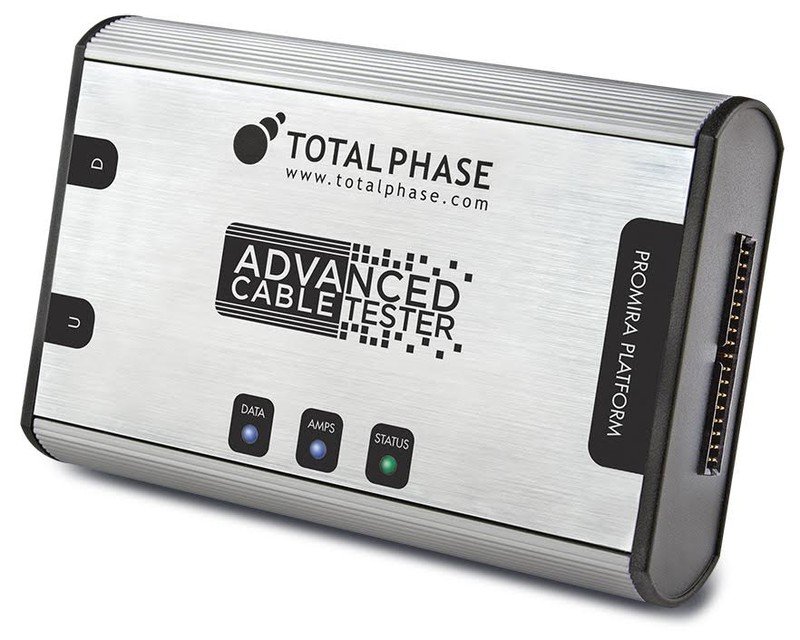
A lot of this comes down to testing at the factory level, and until recently there wasn't a great way to do that at scale. Recently, I spoke with Gil Ben-Dov, CEO of Total Phase, whose Advanced Cable Tester is designed to address a lot of the per-cable concerns consumers are faced with today. The testing unit is designed to test for continuity, shorts, E-Marker accuracy, signal integrity, with results achieved in less than 15 seconds. This kind of testing unit gives manufacturers the ability to rapidly ensure entire batches of cables are safe and functional in ways most cables aren't ever tested before being shipped out to consumers.
Gil had some other ideas for how consumers might move forward. One possible way to address this is through certification, some kind of governing body willing to say "these cables are the ones to buy" after a set of guidelines have been met by the manufacturer. Those guidelines would need to be more rigid than what currently exists from UL, but the same basic idea could apply. A branding or sticker that let consumers know these are worthy, all-purpose USB-C cables that work in every environment.
The safety branding also needs to be enforced by retailers, which is a problem that has led to several serious issues over the last couple of years. It can't be enough for a company to show Amazon a picture of the UL logo stamped on a battery casing, because it turns out there's no magic involved in creating those markings. Any shady company can claim certification for their product and sell a quick batch of something for what appears to be next to nothing and make a profit. Retailers need to know they are selling cables that work as well.
And so, we wait...
If every part of this process is focused on delivering something that is safe for consumers, it's possible a standard format could emerge quickly that becomes the default way USB-C is handled for the future. This isn't just good for consumers, according to Gil Ben-Dov: manufacturers are eager for a solution that decreases return requests. Many cable manufacturers are looking for a way to step away from the potential brand damage associated with having USB-C cables fail spectacularly, and a certification that claims their hardware is safe can give early adopters an important bump in a crowded market.
It wasn't all that long ago I referred to USB-C as the Wild West, and in a lot of ways it could still be seen that way. The potential for harm to your hardware isn't likely to ever be completely removed, but there are tools in place that didn't exist even six months ago to help make this the stable ecosystem it probably should have been before these ports were put in things and sold to everyone.

